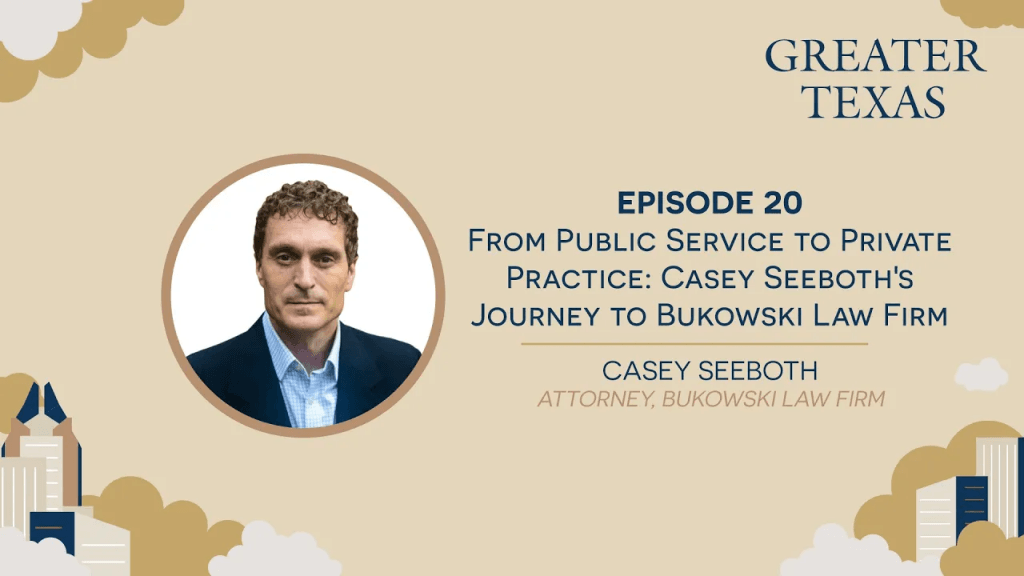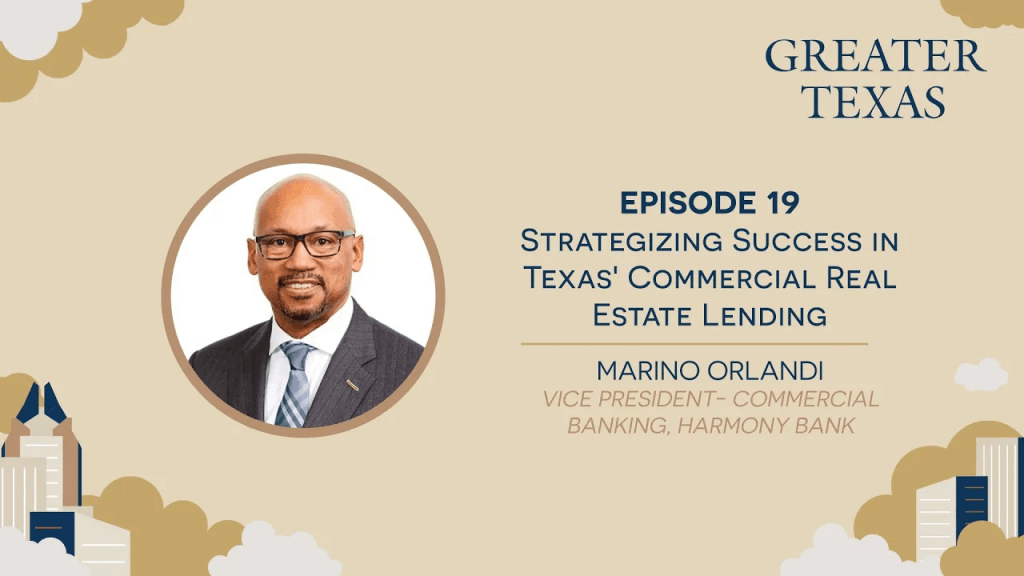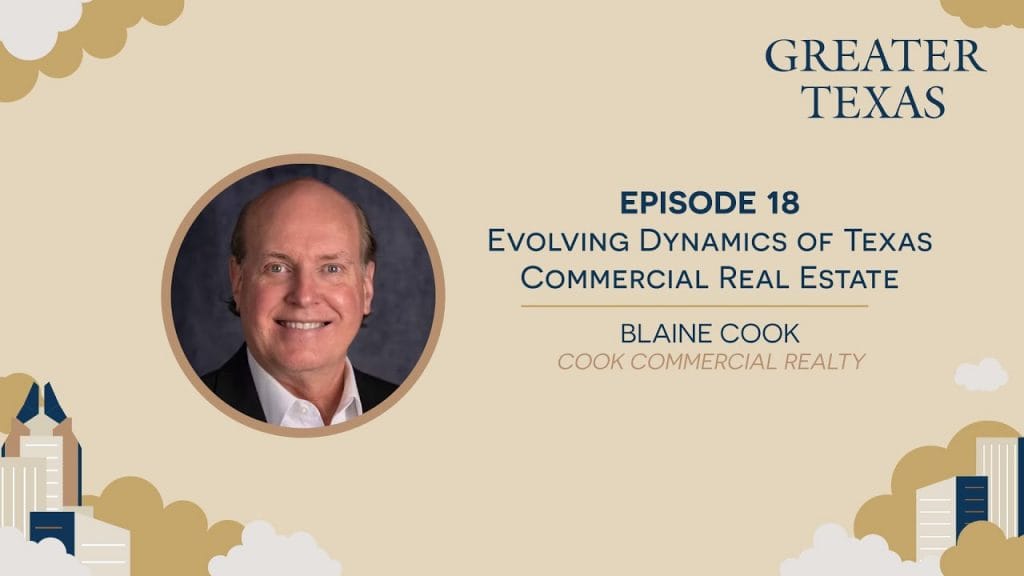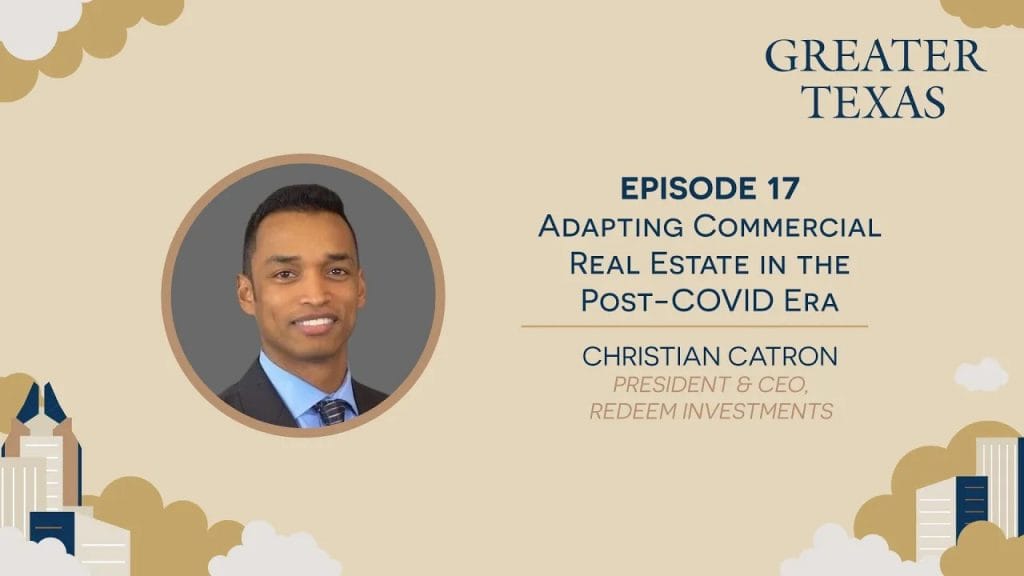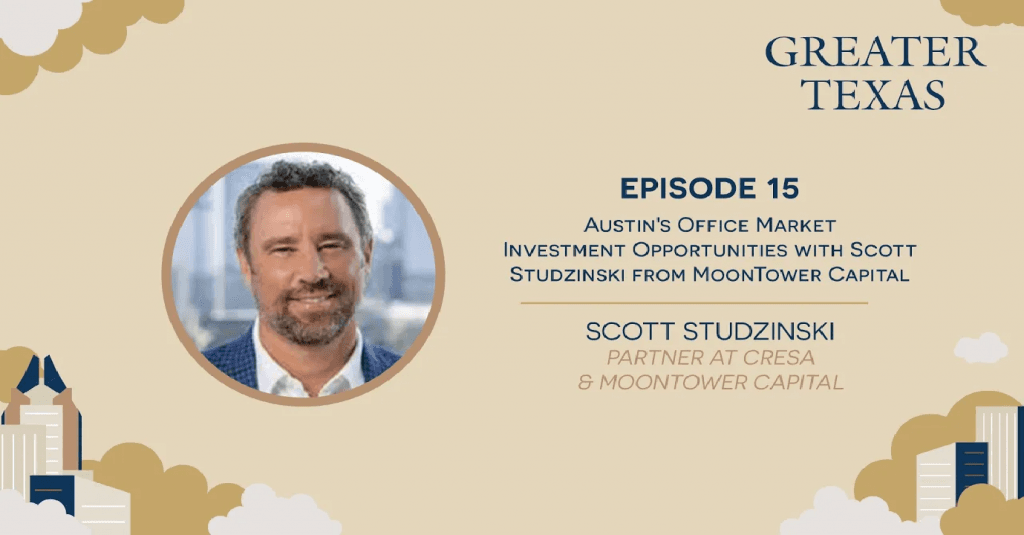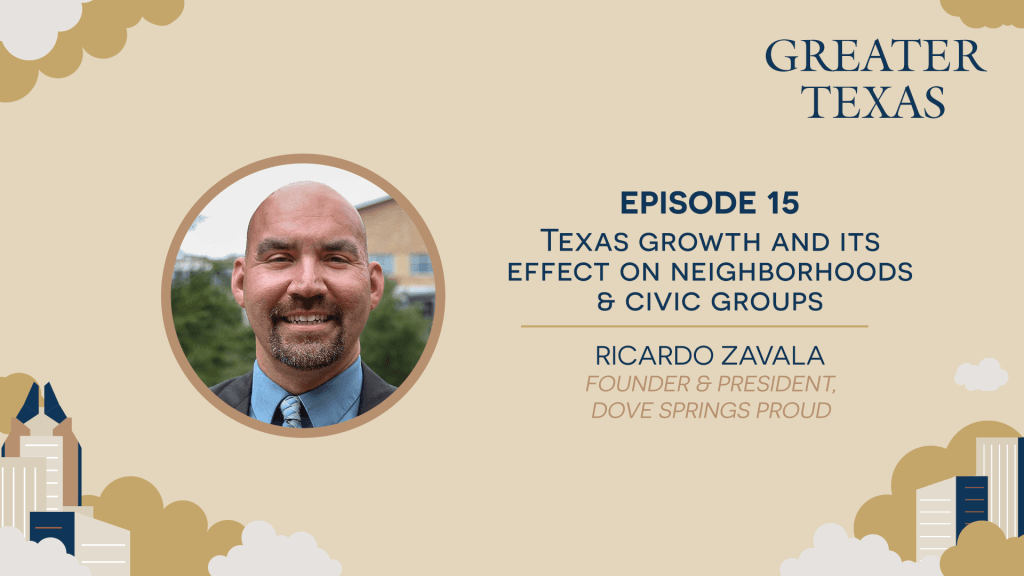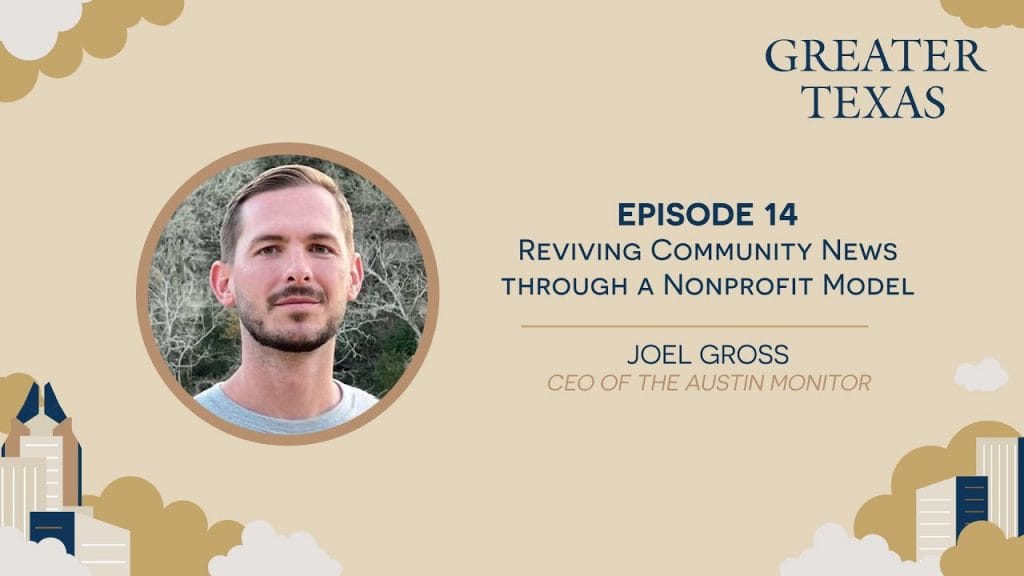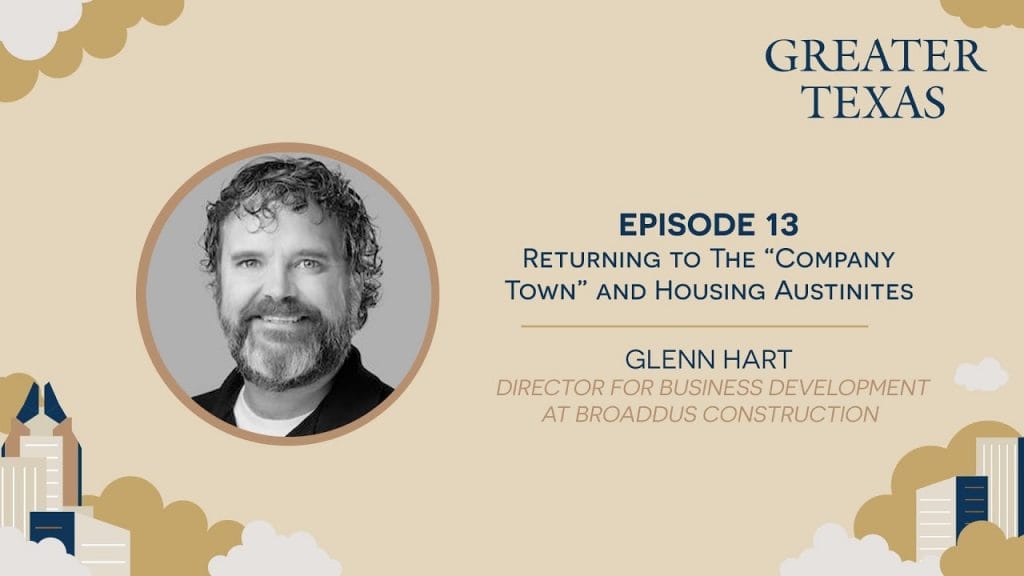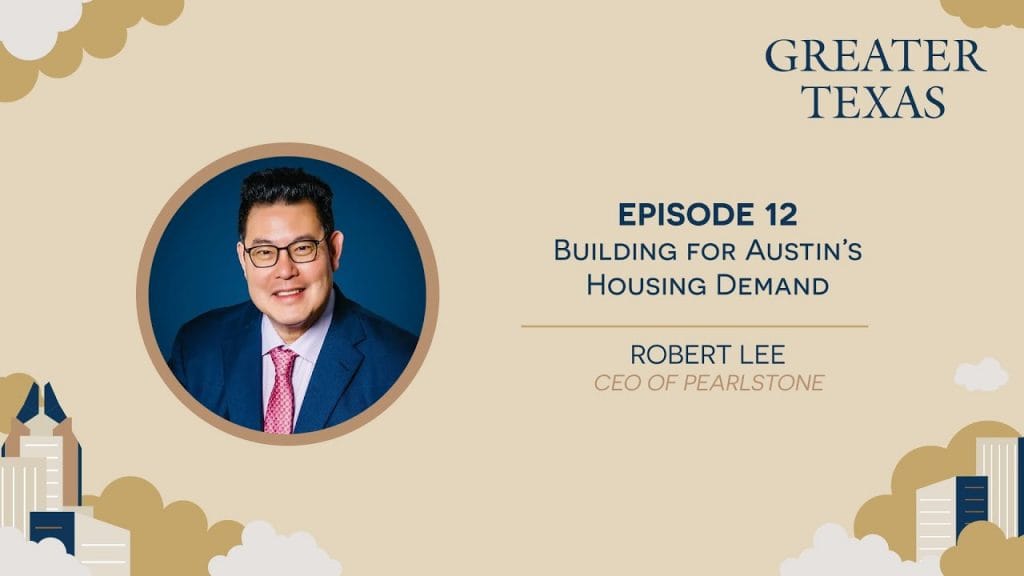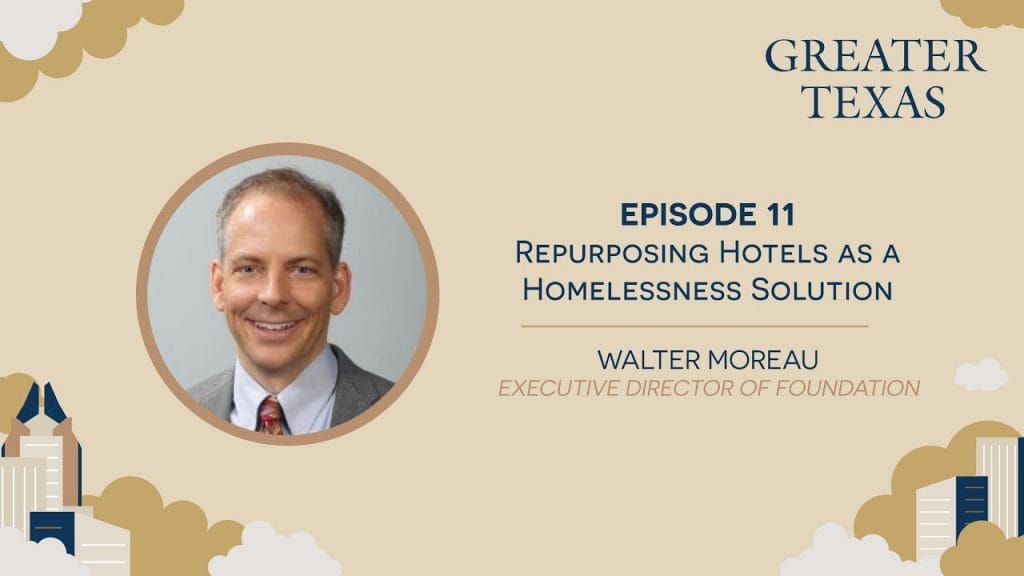Walter Moreau, Executive Director of Foundation Communities, brings the increasingly relevant topic of homelessness and housing in Austin to the pod. After 25 years in this Executive Director role, Walter has seen the housing situation of Austin change from thriving to barely surviving. As rent skyrockets and supply cannot keep up with demand, Walter and his team at Foundation Communities aim to utilize hotels and other existing architecture to make affordable housing more accessible to Austinians citywide.
Timecoded Guide:
[00:00] Podcast begins – Repurposing Hotels as a Homelessness Solution
[01:23] Finding passion for nonprofit housing support & services
[06:54] Foundation Communities’ mission for housing, services, & nonprofit programs
[11:04] Understanding different causes of homelessness when addressing housing
[17:44] Central Austin affordable housing & the issues of urban rent hike
[22:29] Inspiring the tech world to get involved in housing & homelessness support
Why don’t you tell us a little bit about Foundation Communities and its mission?
Originally founded in the 1980s, Foundation Communities has focused on housing and services in Austin since the very beginning. Walter explains that it’s one thing to just provide cheap apartments, and another thing entirely to support a community in need of housing, resources, education, and care. Now, with 26 communities under their care, Foundation Communities strives to expand further and encourage affordable housing investments.
“We describe ourselves not just as housing, but housing and services. We’re not interested in just a cheap apartment. We want to provide where it makes sense. The education programs, health programs, financial programs, they’re right outside your doorstep.”
Is the goal to help your residents eventually move out of Foundation Communities, or are you building projects for long-term residents?
Unlike certain community services for homeless individuals, Foundation Communities doesn’t have an expiration date or a time limit on their offerings. There are a myriad of reasons why someone might be homeless, such as losing their job, developing an addiction, suffering from a health problem, or experiencing the loss of a loved one. Walter acknowledges that some families might only need a short stay in an affordable housing unit, but others might need Foundation Communities for life— and that’s completely okay.
“Our tagline is to create housing where families succeed, and success is different. For some families, that may be exiting homelessness. Success is to boost their income, have a stable place to live. Most likely, they’re going to rent for many years, but there’s no time limit.”
Are the projects Foundation Communities works on nearer to the city center, or are you having to go farther out for project locations?
Not only is getting proper funding a problem for affordable housing in Austin, Foundation Communities also has to get creative with housing locations, such as local churches and closed hotels. Central city locations are especially vital, Walter explains, because of connectivity to medical services and transportation. Residents need to be able to work, live, survive, and thrive in an affordable housing environment to support themselves and their families.
“We want to build as central as we can because there’s better connectivity for services and transportation. In order to build centrally, we’re going to have to get creative and find different kinds of partnerships [with other organizations].”
Developers complain about how long it takes to get projects built in Austin and how expensive it is. Does Foundation Communities run into those issues also?
Walter is thankful for Austin City Hall’s support of affordable housing, which helps Foundation Communities cut through some of the red tape associated with housing projects within the city. However, where the time, cost, and lack of resources becomes apparent is when Walter compares Austin to other cities and other countries facing massive homelessness issues. There is still a huge gap in areas needing to be served, Walter explains, and the United States needs to pay attention to how much cities like Austin are still struggling to house their residents.
“The group that’s not as committed and involved is tech. Google, Amazon, Facebook, Apple. They’re having an outsized impact on our demand for housing, driving up costs. Affordable housing is a crisis in Austin. There’s a need for the tech community to step it up.”
———
Keep up with Walter Moreau on LinkedIn and the Foundation Communities website
Learn about Foundation Communities on LinkedIn and the Foundation Communities website
If you enjoyed this podcast, check out more episodes on Audible, iHeart, and Youtube
Learn more about the Bukowski Law Firm and the Greater Texas podcast on our website and Youtube channel
